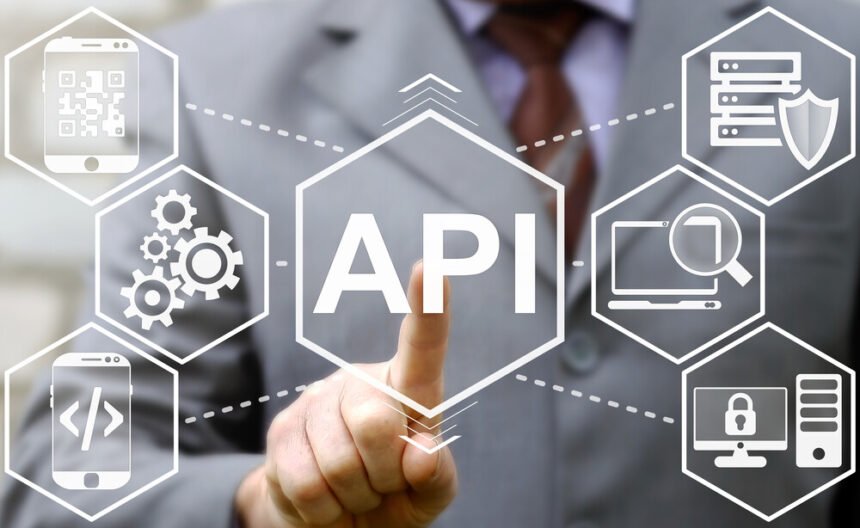Technology has always had a critical mission to build, maintain, and deploy the connection between businesses and consumers. With marketing teams allocating ever-growing budgets to software solutions (according to the recent Walker Sands report, 65% of marketing organizations plan to increase their technology spend), the role of technology in marketing is today more important than ever. As technology keeps evolving, the demand for more data and, subsequently, more new means to measure data, keeps growing. In the race for fulfilling these demands, marketing technology businesses often turn to third-party APIs to get the necessary data while targeting efforts at improving their products. In this post, I’ll try to explain why APIs have become a prominent feature of martech applications and provide a few examples of the successful API implementation.
APIs and Martech
Over the past several decades every niche of the digital economy has grown to become a highly competitive place. With a 27% growth in the number of technology solutions in the previous year alone, Martech landscape is a perfect example of how difficult it has become to keep up with the competition. While there are numerous factors required for the success of one or another software project, ensuring the agility of software is the key solution. That’s exactly where APIs have proven to be most useful. Having various API solutions one can build repurposed and scalable software by connecting third-party data inputs to the unified system, which subsequently allows experimenting with different capabilities without the need to rebuild the entire platform. In the framework of marketing technology, APIs are sometimes used to integrate crucial SEO data, such as keyword metrics, SERP results, etc. According to the Ultimate Guide to SEO Software Development by DataForSEO, to retrieve any number of keywords that domain is ranking for one would need to develop a crawler that would be able to bypass captcha at results page while also building up all the necessary server infrastructure. Third-party data supplied through an API makes the whole process remarkably easier. You request data that has already been collected and processed by an API vendor, so there’s no need to invest in the complex server infrastructure. Third-party APIs also allow adding features that would be difficult to build due to the limitations of resources. The points mentioned above are amongst the main reasons for a growing number of API-powered Martech projects. APIs power many of the tools top digital marketing agencies use day in, day out, such as Brightedge and Conductor. There’s no secret Brightedge incorporates backlink data from Majestic and Moz. Conductor, in turn, makes good use of various APIs supplied by over a dozen different vendors. The rapid rise of some of the biggest names in the Martech industry would be impossible without third-party APIs. The rapid rise of some of the biggest names in the Martech industry would be impossible without third-party APIs.
API Economy and Digital Transformation
The tremendous opportunities that APIs have become the key elements of the combinatorial innovation. Thanks to APIs, technology firms can leverage the already existing solutions to create innovative products and thus drive digital transformation to new industries. What’s more, with the inception of iPaaS (integration platform as a service) and BaaS (backend as a service) solutions along with the increasing popularity of SDKs (software development kits), have simplified the once sophisticated craft of software development to the point where even small, inexperienced teams can build a decent application in a matter of weeks. Nowadays you can find a ready-made solution for literally any part of a software, from data analysis and visualization (e.g., Microsoft Power BI) to low-code application platforms (e.g., Google App Engine). That trend finds confirmation in the rapid growth of web APIs. According to the research by ProgrammableWeb, on average 172 new APIs emerge every month. In addition to that, the number of available SDKs, Mashups, Libraries, and Frameworks is also snowballing. Given the ease of development that APIs provide to applications, it’s no wonder why some Martech tools are being developed in-house. In fact, according to the SEMPO’s 2016 State of Search industry report, seven percent of marketing agencies develop Martech solutions in-house. On the other hand, 23% manage SEO with tools like Excel, which can also potentially apply particular APIs. Martech industry is just an example of how APIs change the way we build and scale software. With tens of thousands of ready-made APIs, virtually any kind of implementation is possible. Think of APIs as building blocks, while the final construction is limited only by your imagination. I would appreciate if you share how you’re using APIs in the comments below this post.

